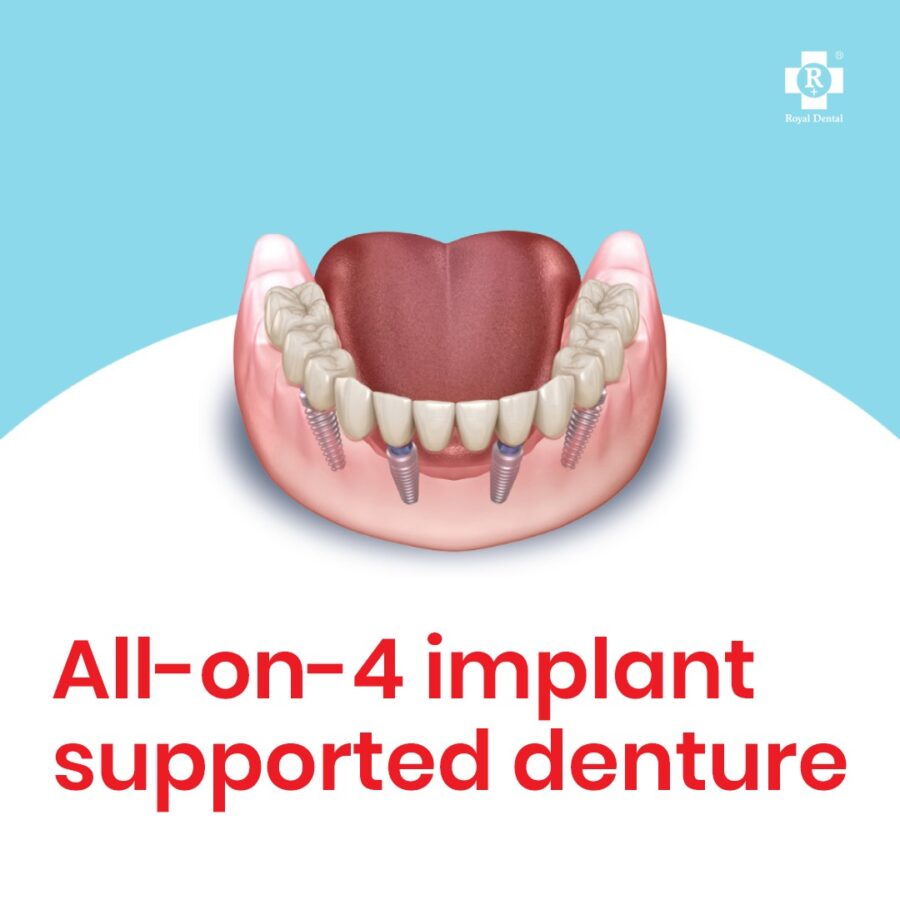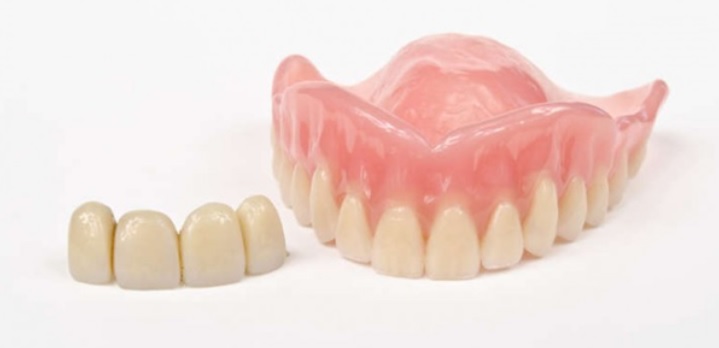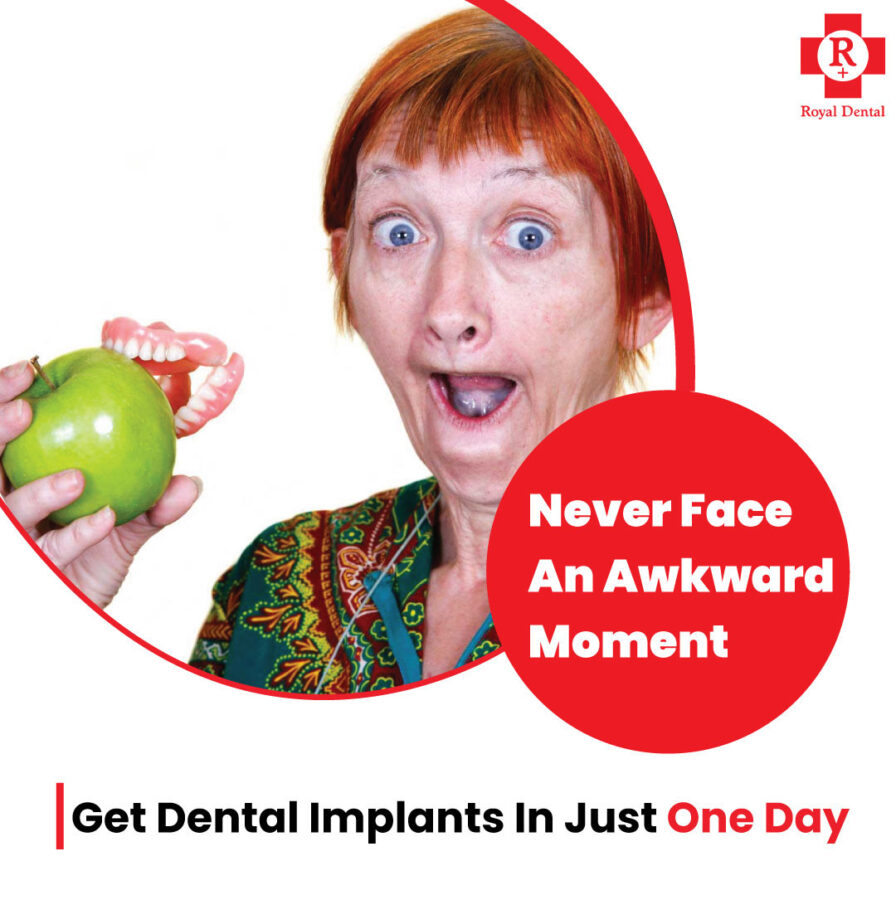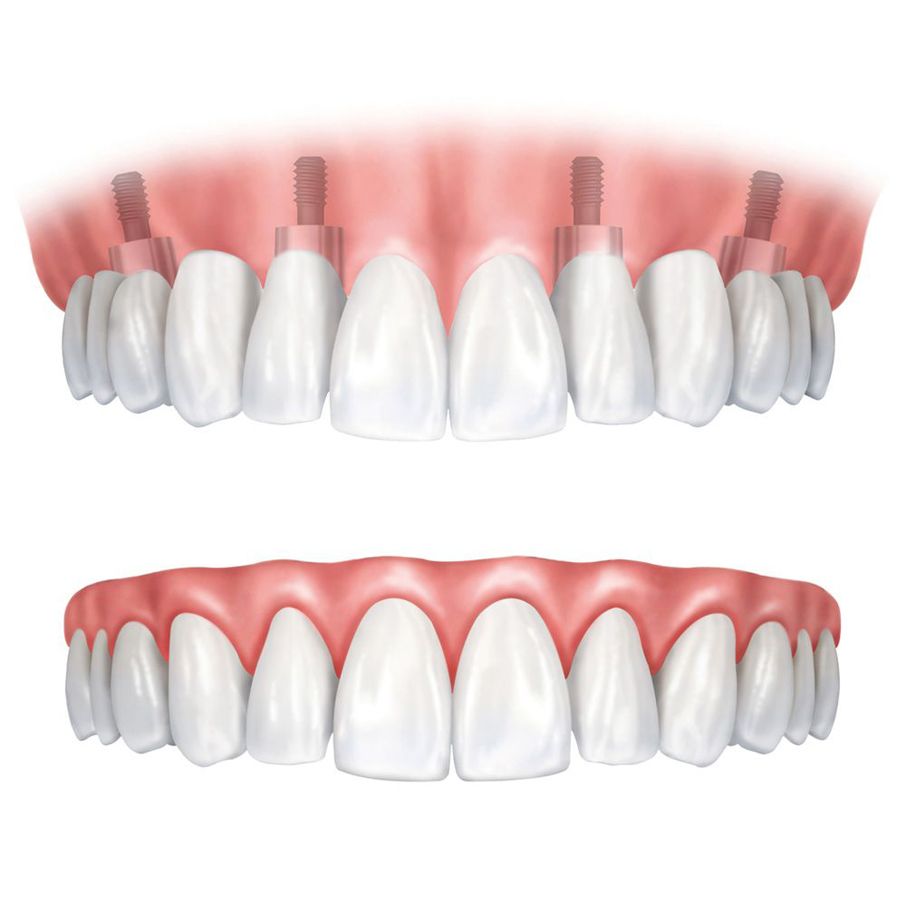Welcome to our investigation on denture stomatitis, a prevalent condition that many people who wear dentures experience. We’ll explore the several types of denture stomatitis in this blog and explain the subtle differences between them. For efficient administration, it is essential to comprehend various kinds, which range from mild to severe. Classification is only one aspect of denture stomatitis; we’ll also discuss the range of treatments. We’ll concentrate on useful information and doable fixes to ease this agony. We are here to help you every step of the way as you navigate the knowledge-paved path to effective therapy.
What is Denture Stomatitis?
Chronic atrophic candidiasis, another name for denture stomatitis, is a common fungal illness that affects the oral mucosa underlying dentures. This disorder, which is characterized by inflammation and redness in the regions covered by the dental appliance, is mostly brought on by long-term denture use.

The presence of Candida species, especially Candida albicans, on the surface of dentures and the oral mucosa is frequently associated with the illness. Untreated denture stomatitis can cause discomfort, problems, and a loss of dental health, even though it may not be noticeable in the early stages.
People who wear complete or partial removable dentures are more likely to develop this ailment because the environment that these dental items produce is favorable for the growth of fungi. Denture stomatitis develops as a result of the dentures’ continuous contact with the oral tissues, as well as other causes such as inadequate dental hygiene, ill-fitting dentures, and weakened immune systems.
Incidence Rates and Demographics
Research suggests that there is variation in the incidence rates of denture stomatitis, which is a common problem. According to research, denture users may get denture stomatitis in as many as 65% of cases. Because a sizable fraction of the senior population uses dentures, the prevalence rises with age.
Elderly persons, especially those 65 years of age and beyond, are more likely to get denture stomatitis. Due to natural tooth loss, people in this cohort are more likely to use dentures. It’s crucial to remember, though, that people who wear dentures at any age might get this illness. Its prevalence may also be influenced by elements including smoking, poor dental hygiene, and underlying medical disorders.
Types and Classification of Denture Stomatitis
Candida-Related Stomatitis
A common subtype of denture stomatitis called Candida-induced stomatitis is defined by the presence of Candida species, primarily Candida albicans. Candida species invasion of the oral mucosa beneath dentures is the main cause of Candida-related denture stomatitis.
Redness, pain, and inflammation are frequently the results of this overgrowth. The main offender is the common yeast Candida albicans, while other species of Candida may also be implicated. Dr. Chamria emphasizes the need for accurate diagnosis and early detection in order to customize successful treatment plans.
Prevalence and Risk Factors
Research suggests that a substantial fraction of cases, particularly in those who wear dentures, are caused by Candida-related denture stomatitis. Notable risk factors include poor cleaning techniques, continuous denture use without breaks, and a weakened immune system. In order to stop the recurrence of Candida-induced stomatitis, Dr. Chamria emphasises how critical it is to treat these risk factors.

Non-Candida Denture Stomatitis
Instances of fungal overgrowth ascribed to organisms other than Candida species are referred to as non-Candida denture stomatitis. In certain situations, bacteria, viruses, or other fungi might be the causing organisms.
Insights from his clinical experience are shared by Dr. Chamria, who points out that non-Candida variations pose distinct obstacles in diagnosis and care, although they are less prevalent than Candida-related stomatitis.
Patients may present with identical symptoms, but depending on the particular pathogen implicated, different treatment strategies may be used.
Dr. Chamria’s Experience with Non-Candida Cases
In order to precisely determine the causal agent, Dr. Chamria stresses the significance of a comprehensive diagnostic procedure. Based on his clinical background, he states that in order to ensure a focused and efficient course of therapy, instances of non-Candida denture stomatitis could need specific tests to identify the causative organism.
Mixed-Type Dentures Stomatitis
Denture stomatitis of the mixed kind occurs when the inflammatory state under the denture is caused by both non-Candida and Candida factors. The mixture of many pathogenic components in mixed-type stomatitis makes diagnosis and therapy difficult.
Dr. Chamria stresses that, in order to detect and treat both Candida and non-Candida components, a thorough strategy that includes microbiological testing is required. This guarantees a customized treatment plan that takes into account the special traits of mixed-type stomatitis.
Classification Criteria
Clinical presentation serves as a crucial factor in classifying denture stomatitis. Visual symptoms observed during a dental examination provide valuable insights into the type and severity of the condition. Dr. Chirag Chamria emphasizes the following key aspects in assessing the clinical presentation:
Erythematous Denture Stomatitis
Characterised by generalised redness or erythema on the mucosal tissue beneath the denture. Patients may experience mild discomfort or a burning sensation.
Papillary Denture Stomatitis
Involves the development of raised, red papule on the affected mucosa. Papillary inflammation is a distinctive feature, and the severity can vary.
Hyperplastic Denture Stomatitis
Presents as white, non-removable lesions on the mucosal surface. Lesions may exhibit a plaque-like appearance and can be associated with tissue hyperplasia.
Common Signs Patients Should Be Aware Of?
Persistent Discomfort: Any persistent discomfort, soreness, or burning sensation beneath the denture should be addressed promptly.
Visible Redness or Lesions: Patients should regularly inspect the mucosal areas covered by their dentures for visible signs of redness, lesions, or abnormal tissue changes.
Changes in Denture Fit: Any sudden changes in denture fit, such as looseness or tightness, may indicate underlying issues contributing to stomatitis.

Unpleasant Taste or Odor: An unpleasant taste or odor associated with denture use may signal the presence of infection or inflammation.
Bleeding or Irritation: Any signs of bleeding or irritation during denture use warrant attention and professional evaluation.
Microbiological Criteria
The categorization of denture stomatitis explores the microbiological elements that contribute to the illness, going beyond its clinical appearance. Utilizing a thorough diagnostic process, Dr. Chirag Chamria deciphers the microbiological complexities linked to this oral health issue.
Identification of Candida species:
Microbiological testing aims to identify the presence and type of Candida species responsible for the infection. Candida albicans is the most common culprit, but other species, such as Candida glabrata or Candida krusei, may also be implicated.
Detection of Non-Candida Pathogens:
In cases of non-Candida denture stomatitis, microbiological analysis focuses on identifying alternative pathogens, including bacteria, viruses, or other fungi. Precise identification allows for targeted treatment strategies tailored to the specific microbial profile.
Mixed-Type Denture Stomatitis:
Microbiological criteria become particularly intricate in mixed-type stomatitis cases. Comprehensive testing is essential to discern the concurrent presence of Candida and non-Candida elements.
Dr. Chirag Chamria’s Diagnostic Approach
Clinical Sampling: Collection of oral swabs or samples from the affected mucosal areas beneath the denture. These samples provide material for microbiological analysis, enabling the identification of microbial species.
Microscopic Examination: Microscopic analysis of collected samples aids in visualizing fungal or bacterial elements. This step helps confirm the presence of Candida or other microorganisms.

Cultural Studies: Culturing collected samples on specific media to encourage the growth of microorganisms. Dr. Chamria emphasizes the importance of these studies in isolating and identifying the responsible pathogens.
Molecular Techniques: Implementation of molecular techniques, such as polymerase chain reaction (PCR), for more precise identification of Candida species and other microorganisms. This advanced approach enhances the accuracy of diagnosis, especially in mixed-type cases.
Treatments of Denture Stomatitis
A variety of treatments for denture stomatitis, including new treatments and customized plans, are necessary for the effective management of denture stomatitis. These techniques are described by Dr. Chirag Chamria in order to provide patients with thorough and customized care.
Conventional Treatments Denture Stomatitis
In order to relieve symptoms, conventional therapies for denture stomatitis concentrate on treating the underlying causes and lowering the microbial burden.
Maintaining impeccable denture hygiene is the cornerstone of conventional treatment. This includes regular cleaning with mild, non-abrasive cleansers and the removal of dentures at night to allow oral tissues to breathe.
Conventional antifungal medications play a crucial role in treating Candida-related denture stomatitis. Dr. Chirag Chamria often prescribes topical antifungal agents such as nystatin or clotrimazole. These medications work by inhibiting the growth of Candida species and promoting the resolution of inflammation.
Ill-fitting dentures contribute to stomatitis. Dr. Chamria may recommend adjustments or replacement of dentures to ensure a proper fit, reduce irritation, and improve overall oral health.
Antiseptic oral rinses, such as chlorhexidine, are often incorporated into treatment plans. These help control microbial growth and maintain oral hygiene.
Emerging Therapies | Treatment of Denture Stomatitis
The investigation of novel treatments for denture stomatitis has been made possible by developments in dental research, providing more therapeutic options.
Photodynamic Therapy (PDT)
PDT is an emerging approach involving the use of light-activated compounds to target and destroy microbial cells. Dr. Chirag Chamria notes that PDT shows promise in managing denture stomatitis, providing an alternative or adjunct to traditional antifungal medications.
Biofilm Disruption Agents
Researchers are investigating agents that disrupt biofilm formation on denture surfaces. These agents aim to prevent the accumulation of microbial colonies, reducing the risk of stomatitis. Dr. Chamria stays abreast of these developments to integrate innovative solutions into patient care.
Personalized Approaches | Treatment of Stomatitis
Personalized ways to treat denture stomatitis take into account individual characteristics, microbiological profiles, and patient preferences, acknowledging the uniqueness of each case.
Microbiological Testing for Precision Treatment
Dr. Chirag Chamria underscores the importance of microbiological testing to identify the specific pathogens involved. This allows for targeted treatment, ensuring that the chosen therapeutic agents are effective against the identified microorganisms.
Lifestyle and Behavioral Modifications
Personalized approaches extend beyond medications. Dr. Chamria collaborates with patients to implement lifestyle changes, such as smoking cessation, dietary modifications, and regular oral care practices, tailored to their individual needs.
Patient Education and Follow-Up
Empowering patients with knowledge about denture care and stomatitis prevention is integral to personalized approaches. Dr. Chamria emphasises the importance of follow-up appointments to monitor progress, address concerns, and adjust treatment plans as needed.
Conclusion
In summary, a complete strategy is necessary for the proper care of this stomatitis, a common illness that affects denture users. It is essential to comprehend its forms, clinical manifestations, and microbiological components. The need for early detection, accurate diagnosis through microbiological testing, and customized therapy is emphasized by Dr. Chirag Chamria. Patients should place a high priority on routine examinations, lifestyle changes, and good denture cleanliness. Proactive dental care is essential to controlling and avoiding denture stomatitis, according to Dr. Chamria’s unambiguous call to action. People may have a happier, healthier smile by continuing to learn about oral health issues and making a commitment to dental care.






